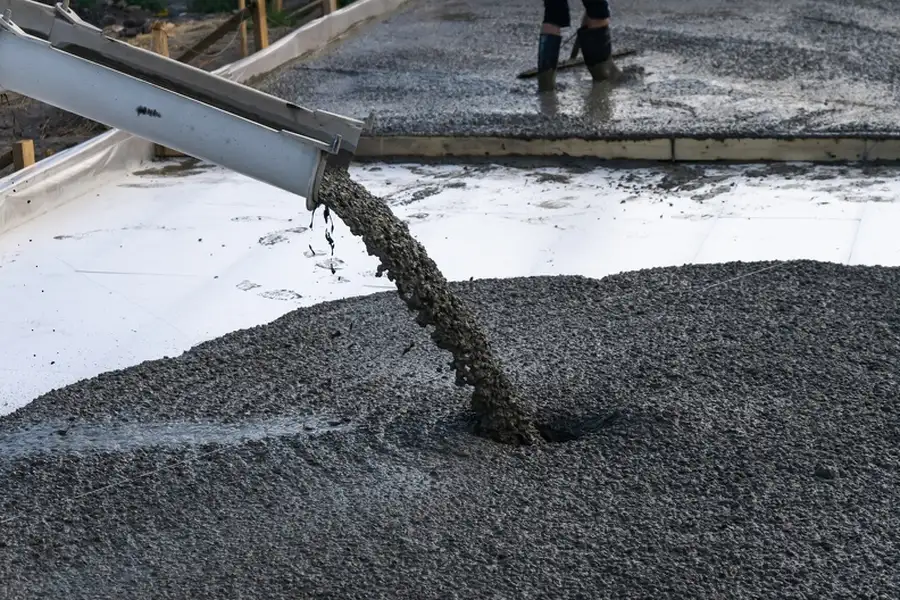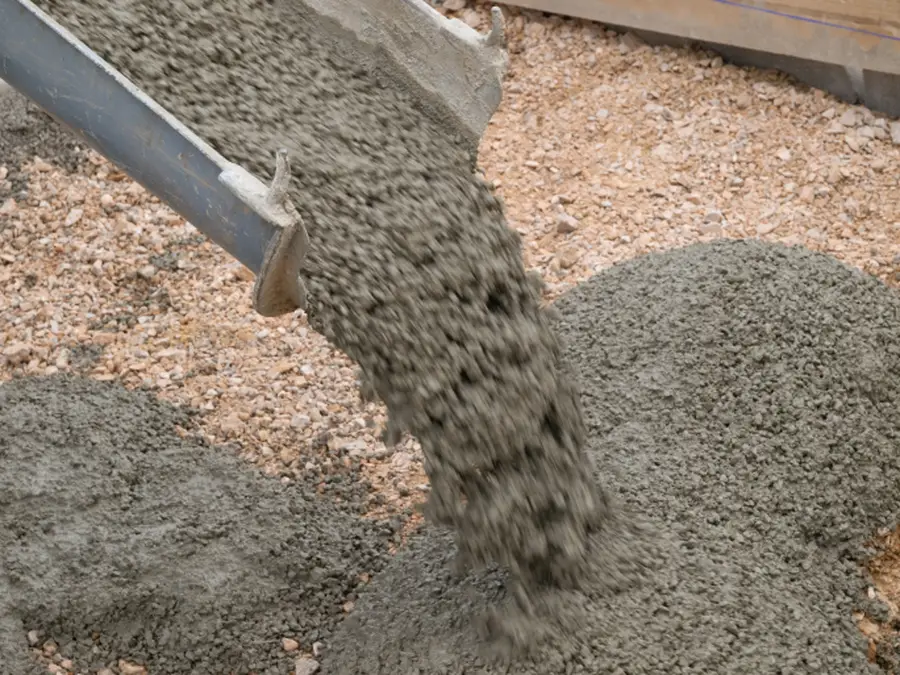Achieve Long-Lasting Results by Following Effective Curing Techniques
Creating a durable concrete surface requires more than just pouring the mixture and allowing it to harden. Proper curing is an essential step that ensures your concrete withstands the test of time. When done correctly, curing can enhance the strength and durability of the surface, making it less susceptible to cracking and other common issues. As someone working with concrete, knowing how to cure it properly will save you both time and money in future repairs.

The Importance of Proper Curing
Curing is crucial because it allows moisture retention within the concrete, ensuring a slow and steady hydration process. This results in increased strength and reduced permeability. By maintaining optimal moisture levels, proper curing prevents premature drying, which can lead to cracks and surface weakness. For anyone involved in projects like concrete installation, understanding the importance of curing can be a game-changer.
Key Benefits of Well-Cured Concrete
A well-cured concrete surface offers several benefits. It is more resistant to wear and tear, increasing its lifespan and reducing maintenance costs. Improved resistance to environmental factors such as freeze-thaw cycles also makes it ideal for outdoor projects. Moreover, a well-cured surface offers better load-bearing capabilities, which is particularly beneficial during concrete installation in high-traffic areas.

Common Challenges During Curing
Despite its importance, curing presents several challenges. Rapid moisture loss due to wind or heat can compromise the process. Inconsistent curing conditions often result in uneven surfaces or weak spots. Additionally, improper timing can affect hydration, leading to subpar results. Each of these challenges needs careful attention, especially when undertaking concrete installation projects.
Effective Curing Methods
To ensure proper curing, consider methods such as water curing, which involves keeping the surface continuously wet. Using moist coverings like burlap can help maintain necessary moisture levels. Alternatively, spray-on curing compounds form a protective layer to seal in moisture. These methods not only foster effective hydration but also minimize potential defects.
Best Practices for Successful Curing
- Begin curing immediately after finishing the concrete surface
- Maintain moisture for at least seven days using water or wet coverings
- Avoid exposing the surface to extreme weather conditions
- Regularly monitor temperature and humidity levels during the curing process
Industry Standards for Concrete Curing
The American Concrete Institute (ACI) provides guidelines to ensure quality curing practices. According to ACI standards, maintaining specific moisture and temperature conditions is vital for achieving desired outcomes. Compliance with these standards guarantees that your project meets industry benchmarks for strength and durability.
Cost Considerations in Curing
The cost associated with proper curing varies depending on materials and methods used. However, investing in quality curing techniques pays off by significantly extending the life of your concrete surface. By preventing expensive repairs down the line, effective curing turns out to be a cost-effective strategy.
Your Path to Durable Concrete Surfaces
Ensuring proper curing is integral to achieving a durable concrete surface. With this knowledge, you can enhance your project’s success and longevity. Located in Milwaukee, WI, I offer expert guidance in concrete projects. Reach out to MTZ Landscaping and Construction at (414) 262-6817 for all your related needs.